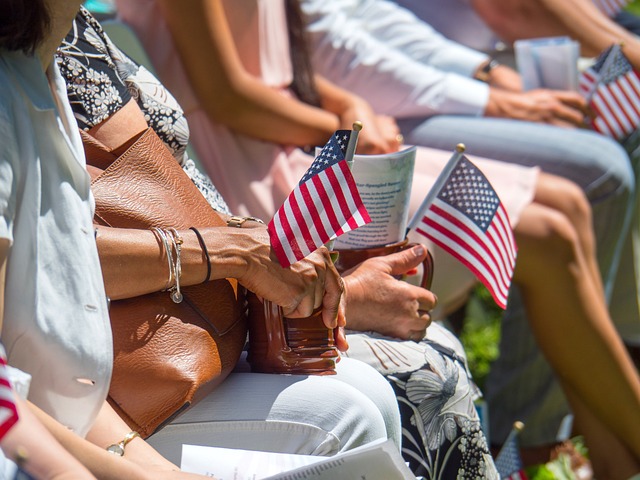The 20×30 American flag is a powerful symbol of unity, strength, and commitment on military bases nationwide, fostering camaraderie and reflecting national values. Its large size makes it ideal for ceremonies, events, and territory marking, boosting troop morale and showcasing patriotism. The flag's historical evolution from half-mast respects to celebration underlines its role as a symbol of courage, sacrifice, and democratic values.
In the heart of military bases, the majestic 20×30 American flag stands as a symbol of strength and unity. This article delves into the significance of this iconic size in military settings, exploring its symbolism, historical context, and practical applications. Discover how the 20×30 flag has evolved to play a pivotal role in ceremonies and operations, becoming an indispensable element in honoring tradition and fostering camaraderie among service members.
- The Symbolism of Size: Why 20×30 American Flags are Popular in Military Bases
- Historical Context: A Look at the Evolution of Flag Display on Military Property
- Practical Applications: The Role of 20×30 American Flags in Military Ceremonies and Operations
The Symbolism of Size: Why 20×30 American Flags are Popular in Military Bases

In military bases across the nation, the 20×30 American flag holds a significant place, symbolizing unity and strength. Its size serves as a powerful visual representation of the base’s commitment to safeguarding our country and its citizens. The choice of the 20×30 dimension is no coincidence; it allows for maximum visibility, ensuring that the flag dominates the landscape without overwhelming those who behold it. This size makes it an ideal focal point for parades, ceremonies, and other official events, where the flag’s prominence reinforces the base’s dedication to the values it stands for.
The 20×30 American flag also facilitates a sense of camaraderie among service members and residents alike. Its grandeur encourages people to pause, reflect, and connect with their shared heritage. This symbolism goes beyond aesthetics; it embodies the spirit of patriotism and sacrifice that defines military life. As a result, bases often display these flags prominently in courtyards, parade grounds, or main entrances, creating a tangible link between the base’s activities and the nation they are sworn to protect.
Historical Context: A Look at the Evolution of Flag Display on Military Property

The display of flags on military bases has a rich historical context, reflecting the values and changes in society over time. Historically, flags served as powerful symbols representing nations, armies, and specific units. The evolution of flag display practices on military property mirrors the broader societal shifts in nationalism, patriotism, and identity.
In the past, military bases often flew national flags at half-mast as a sign of respect during periods of mourning or conflict. Today, however, a prominent example like the 20×30 American flag is commonly raised to honor the nation, celebrate key events, and foster a sense of unity among personnel and visitors. This change reflects a growing emphasis on public display of patriotism and a strong national identity, which has found its way onto military grounds, symbolizing courage, sacrifice, and the defense of democratic values.
Practical Applications: The Role of 20×30 American Flags in Military Ceremonies and Operations

The 20×30 American Flag plays a pivotal role in military ceremonies and operations, serving as a powerful symbol of unity, pride, and patriotism. Its large size and prominent display make it an indispensable tool for showcasing national honor and resilience during various events such as flag-raising ceremonies, memorial services, and military parades. The flag’s substantial dimensions ensure it catches the eye and commands respect, fostering a sense of camaraderie among service members and spectators alike.
Practical applications extend beyond ceremonial occasions. During military operations, the 20×30 American Flag can be used to mark territory, signal allegiance, or serve as a visual aid for navigation. Its size allows it to be seen from greater distances, enhancing communication and coordination on the battlefield. Moreover, the flag’s familiarity and symbolism can boost moral among troops, providing a sense of comfort and connection to their homeland amidst challenging circumstances.
